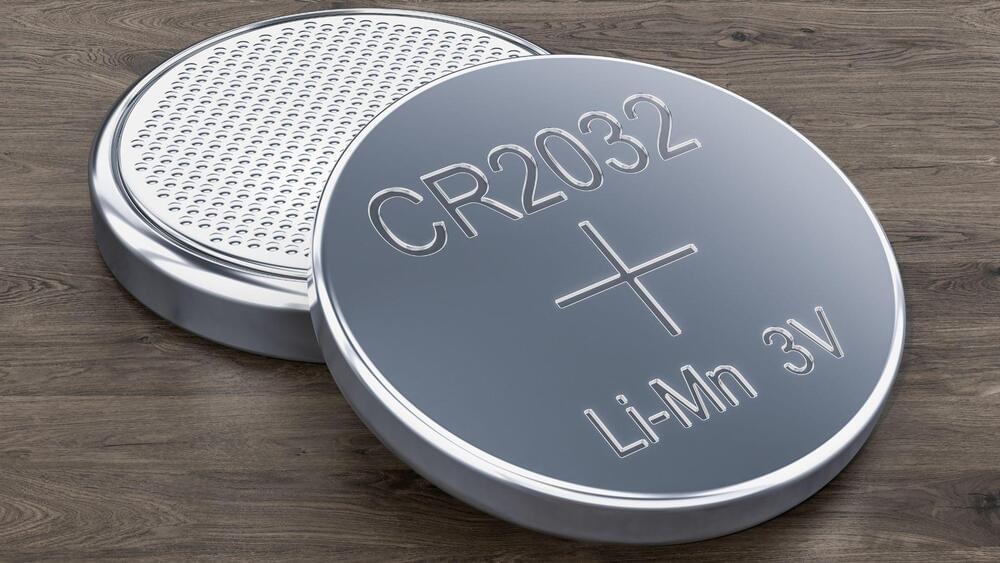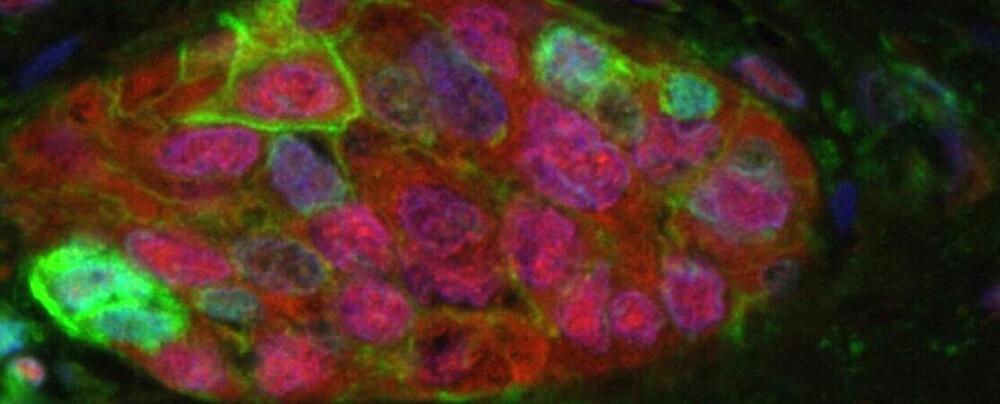In a discovery that could redefine how we understand cellular resilience and adaptability, scientists at Scripps Research have unlocked the secret interactions between a primordial inorganic polymer of phosphate known as polyphosphate (polyP), and two basic building blocks of life: DNA and the element magnesium. These components formed clusters of tiny liquid droplets–also known as condensates–with flexible and adaptable structures.
PolyP and magnesium are involved in many biological processes. Thus, the findings could lead to new methods for tuning cellular responses, which could have impactful applications in translational medicine.
The ensuing study, published in Nature Communications on October 26, 2024, reveals a delicate “Goldilocks” zone—a specific magnesium concentration range—where DNA wraps around polyP-magnesium ion condensates. Similar to a thin eggshell covering a liquid-like interior, this seemingly simple structure may help cells organize and protect their genetic material.







